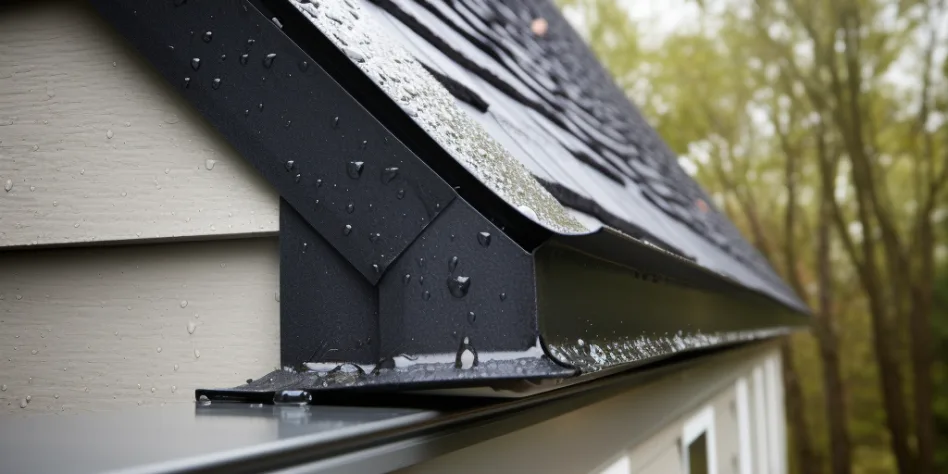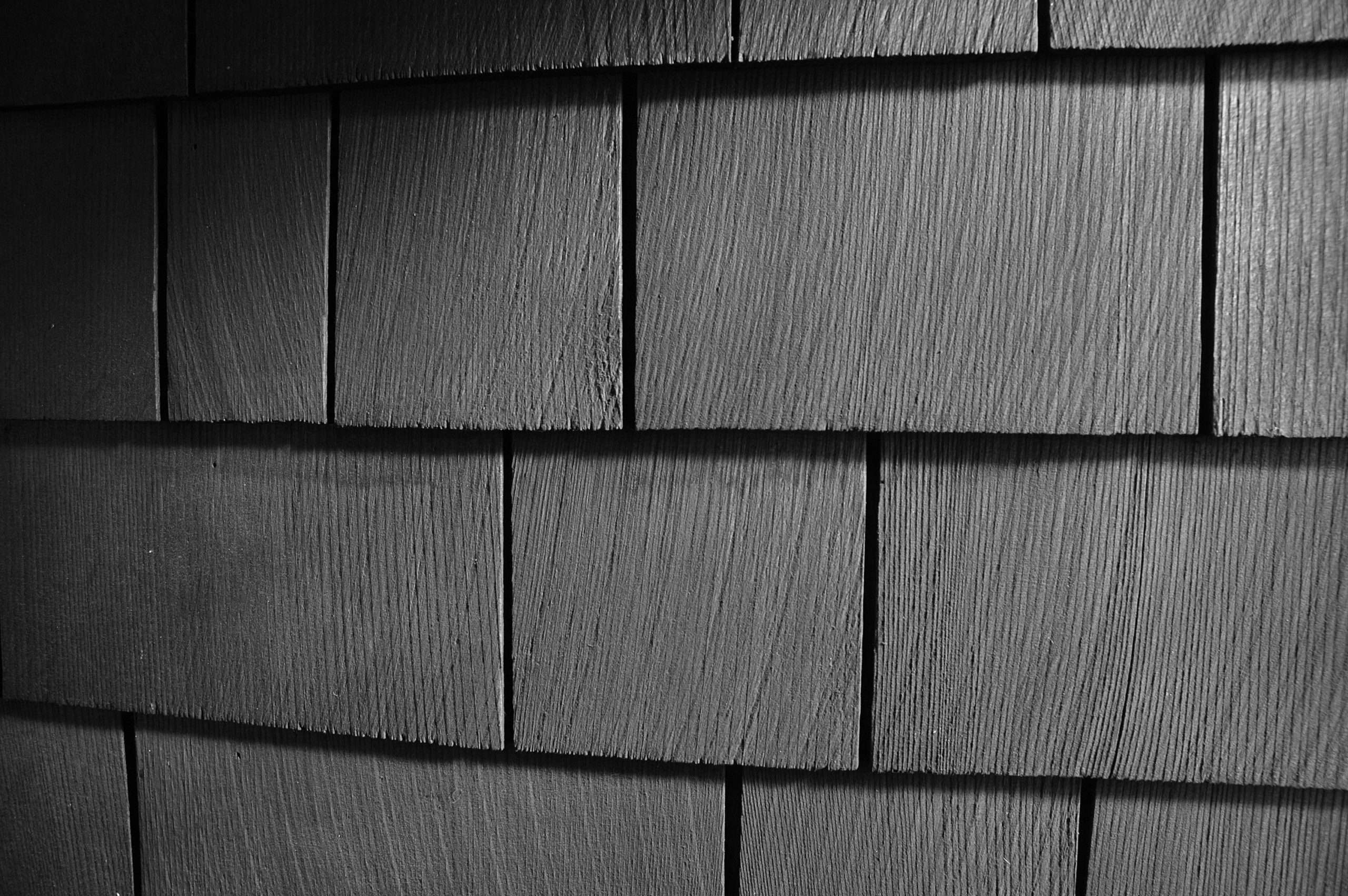Learn about different flashing types that are used on your home
In the previous article we discussed the purpose of having flashing. Now that you understand the purpose of flashing, you may be wondering if your home is properly flashed? In this article you will learn about the different types of flashing, how to identify them, and how they are used on your home.
When looking for flashing on your home a good rule of thumb is to inspect any surface that is a horizontal surface such as the top edge of window trim and door trim.
So, what are the different types of flashing? Let’s discuss two of the most common ones: drip edge and z-bar flashing.
Table of Contents
- Drip Edge Flashing
- Z-Bar Flashing
- Conclusion
Drip Edge Flashing
Drip edge flashing is a strip of metal flashing located right at the end of your roof shingles, laying on top of your fascia. If you have gutters the flashing would be lying inside your gutters.
Drip edge flashing is a piece of metal that goes about 6 inches into the edge of your roof, underneath your shingles. It then terminates about an inch to an inch and a half over the fascia, this way, any water that falls off your roof will follow the metal and divert away from your roof.
You will likely see this type of flashing sitting over the top of your fascia boards. The reason you would want to do this is to redirect water from the fascia and into your gutters.
Z-Bar Flashing
Another common type of flashing that may be more visible from the ground is z-bar flashing. Z-bar flashing is a type of metal flashing that is shaped like a z, or a set of stairs, when it is bent. Z-bar flashing is typically found in aluminum, galvanized steel, or copper.
This type of flashing is used on flat ledges such as window trim. The goal is to divert water away from the seam to avoid getting behind the siding into the wall.
A piece of metal runs up behind the lower run of siding and then bends over top the window trim so no water can rest directly on the flat wood. This type of bending gives the metal piece that Z shape.
Conclusion
No matter what kind of flashing you have on your home, we at Rogall + Co. are experts at “watershed” and can take a look at your flashing, or lack thereof, and give you great insight on how to protect your home from the water villain.
We trust that you are enjoying this series on flashing, and the content has been educational for you as a homeowner or edu-phile.
In the next article, the third part of this three part series: we will look at another type of flashing called “flashing tape,” and we will discuss the importance of flashing for a deck.








